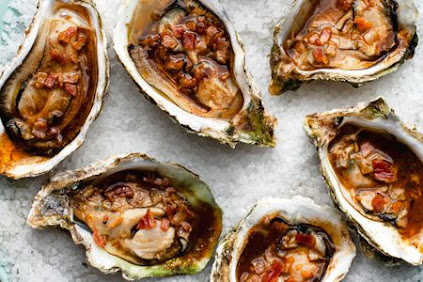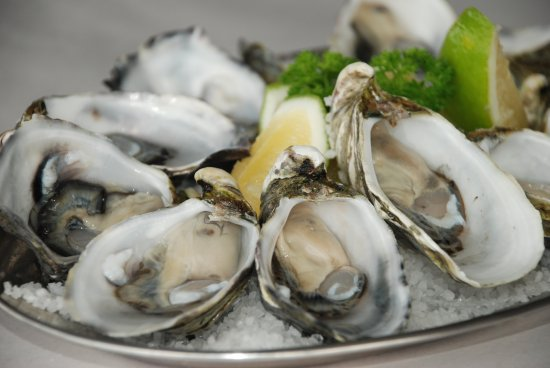Always Purchase Seafood From A Registered Seafood Supplier
Australians have a big appetite for seafood, consuming roughly 345,000 tonnes of edible seafood products per year. Seafood, such as fish and shellfish, are good sources of protein, Omega-3 fatty acids and other essential nutrients that make it a healthy choice as part of a balanced diet. However, as with any other type of food, it’s important to handle seafood safely to prevent food-borne illness. It’s especially important if you work in a restaurant, food retail business, child or aged care facility or any other business or organization that serves food to the public. To protect the people you serve from food-borne illness, follow these safe handling tips for buying, storing and preparing fish and shellfish.
How
to buy seafood:
FISH:
Always
purchase seafood from a registered seafood supplier and check that it is fresh,
shows no signs of spoilage and is displayed or delivered at a safe temperature
(5°C or below). When buying or accepting
a fish delivery, check to ensure that:
it smells fresh and mild its eyes are clear and shiny the flesh is firm
and springs back when pressed it doesn't have any strong odors (“fishy”, sour
or rancid) it isn't discolored, dark or dry around the edges Note: Fresh fish
and fish filets sold as “previously frozen” may not have all the
characteristics of fresh fish, but they should still smell fresh and mild.
Reject any previously frozen fish that smells fishy, sour or rancid.
SHELLFISH:
Never
buy or prepare dead shellfish. Shellfish spoil rapidly after death, which
increases the risk of microbial contamination, food poisoning, infectious
diseases and other health problems. When
selecting shellfish, be sure to do the following: Discard cracked or broken bivalves — throw
away clams, oysters, and mussels if their shells are cracked or broken. If
shells are open, do a “tap test” — live clams, oysters, and mussels will close
when the shell is tapped. Check for leg movement — live crabs and lobsters
should show some leg movement.
How
to store seafood Store seafood:
In
the refrigerator at 5°C or below in the freezer at -15°C or below If your
business keeps live seafood in tanks, make sure the tanks are well-maintained
and aerated. Fill them with clean water, suitable for the type of fish being
stored — never mix saltwater and freshwater fish in the same tank! — and remove
any dead fish or shellfish from the tanks immediately. Remember that shellfish is a common food
allergen, so keep them in the original containers in which they were delivered,
well away from other types of food to prevent cross-contamination (more on that
later). Use fresh seafood within two
days — and don’t just store your frozen seafood and forget about it! Freezer
burned fish might not be a safety hazard, but the texture and taste is unlikely
to impress your customers.
Freezing
seafood can kill parasites, but won’t kill all harmful bacteria, so cooking is
always the safest way to serve seafood. Vulnerable customers — including
pregnant women, children, the elderly and people with impaired immune systems —
are particularly at risk of food-borne illness and should avoid raw seafood.
As
you walk around, especially if you get there earlier in the morning (before
11am), you quickly realize that Casula Seafood Wholesalers Australia is a bona-fide fish market, in that it is the city’s
wholesale (i.e. bulk sales) hub for products to restaurants, and other
businesses, as well as offering retail sales (small sales) to the public.




Comments
Post a Comment